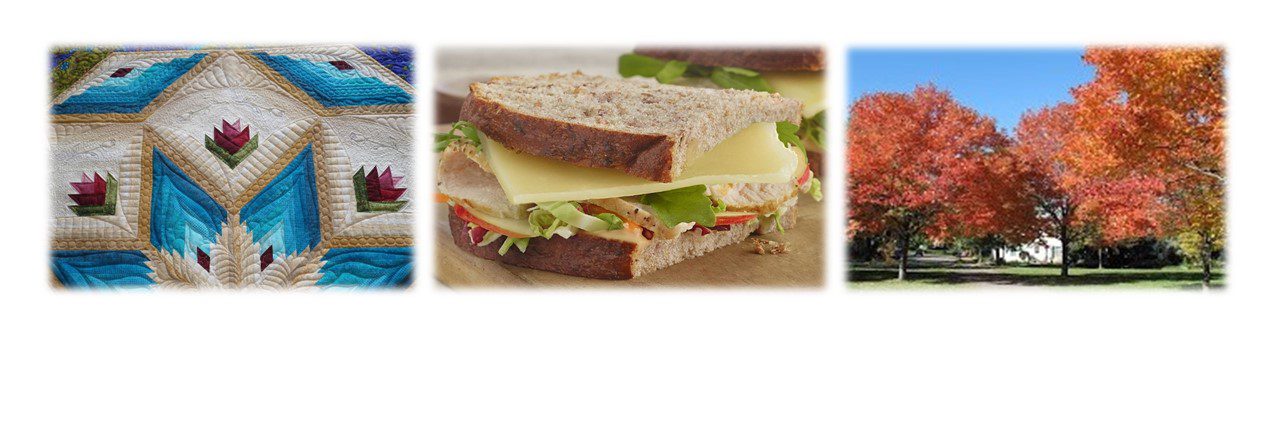When learning to dye fabrics, I recalled my teenage years when tie-dye was so popular. Tie-dye is probably the best known form of a type of dyeing called resist-dyeing. So, I decided to investigate this category of techniques. What I found was fascinating to me.
Resist dyeing refers to traditional methods of dyeing fabrics to create patterns and has been widely used since antiquity. The oldest example of resist dyeing was pieces of linen from Egyptian mummies and dates to the fourth century. The cloth was soaked in wax, scratched with a sharp tool, dyed with a mixture of blood and ashes, and then washed with hot water to remove the wax. The technique was also used in China during the T’ang dynasty as well as India, Japan and Africa.
These methods are used to “resist” or prevent the dye from reaching all of the cloth, thereby creating a unique pattern. Common resists include wax, starch paste, tying or stitching. The most well-known varieties are tie-dye and batik.
Traditional Batik:
The first technique I tried was traditional batik. I love the look of batik fabrics and wanted to try to make my own. But, after trying the technique, I think I will leave this form of resist dyeing to the wonderful craftsmen in Indonesia. For a really good video on the process of batik – check out this Indonesian Batik Process video.
I found was that the tradition wax had a disagreeable odor, was difficult to get to melt properly for the intricate designs that I wanted to make and was very messy to remove from the fabric. Perhaps I was too critical of my results, but I really wanted to find an easier way. Some day I may try low temperature Soy Wax for batik.
So, moving on to other techniques. ProChemical and Dharma Trading sell several starch resist – Potato Dextrin and Corn Dextrin amongst them.
Note: Potato and Corn Dextrin are not intended for immersion dye baths, as they are water soluble.
Potato Dextrin:
Potato Dextrin produces lace-like patterns and crackle lines, similar to batik.
Steps:
 |
| Combed Cotton, Potato Dextrin Resist, Green Dye |
1) Potato Dextrin Paste. Manufacturer’s directions state to bring 1 cup of water to boiling, slowly whisk in 1.25 cups of dextrin into the water and cool to about 80 degrees. Anyone who does much cooking knows that adding any type of starch to hot water is very difficult – it simply clumps up too easily. My first several attempts followed the manufacturer’s directions with successful results but plenty of frustration making the paste. So, I actually add the dextrin to cold water and then microwave for one minute.
2) Stretch fabric on a hard surface, which is covered with a thin piece of plastic. Tape fabric or secure with pins every ½ inch.
3) Squeegee a smooth layer of paste on the fabric. The paste thickness determines the amount of crackle. In general, the thinner the paste, the finer the crackle; the thicker the paste – the larger the crackle.
4) Allow the cloth to dry completely while it is still stretched. The fabric needs to stay very tight. Crackling takes place as the fabric dries. Depending upon the thickness, this can take up to two days. 5) Apply dye with a paint brush.
6) Cover the fabric loosely with plastic and batch for 24 hours.
7) Rinse, wash with Blue Dawn and dry.
I used this technique to make some of the fabric for my Dyed Fabric quilt. If you look closely, you can see that the small white squares between each of the blocks is actually white fabric with black crackle. And, the appliqued ribbon in the border of the quilt is the same crackle fabric.
 |
| Mini Quilt made to match my Dyed Fabric Quilt |
Corn Dextrin:
Corn Dextrin is best for solid areas and lines. Many cool designs can be made by applying the corn dextrin with a squeegee, rubber stamps, stencils, spatulas, or drawing with a squeeze bottle.
1) Corn Dextrin Paste. Similar to potato dextrin, I mix 1.5 cups of dextrin cold water, heat in the microwave for one minute and allow to cool to about 80 degrees.
2) Tape fabric to a hard surface covered with a thin piece of plastic.
3) Place a stencil on the fabric. To stabilize the stencil and keep it from moving around I run a glue stick around the edge of the stencil before placing on the fabric.
4) Squeegee a smooth layer of paste onto the the stencil and fabric.
5) Remove the stencil.
6) Allow the cloth to dry completely while it is still stretched.
7) Apply dye with a paint brush or spray bottle
8) Cover the fabric loosely with plastic and batch for 24 hours.
7) Rinse, wash with Blue Dawn and dry.
I have plans to use these fabrics in a bed runner. But, it may be a while before I finish making all the fabrics for that.































